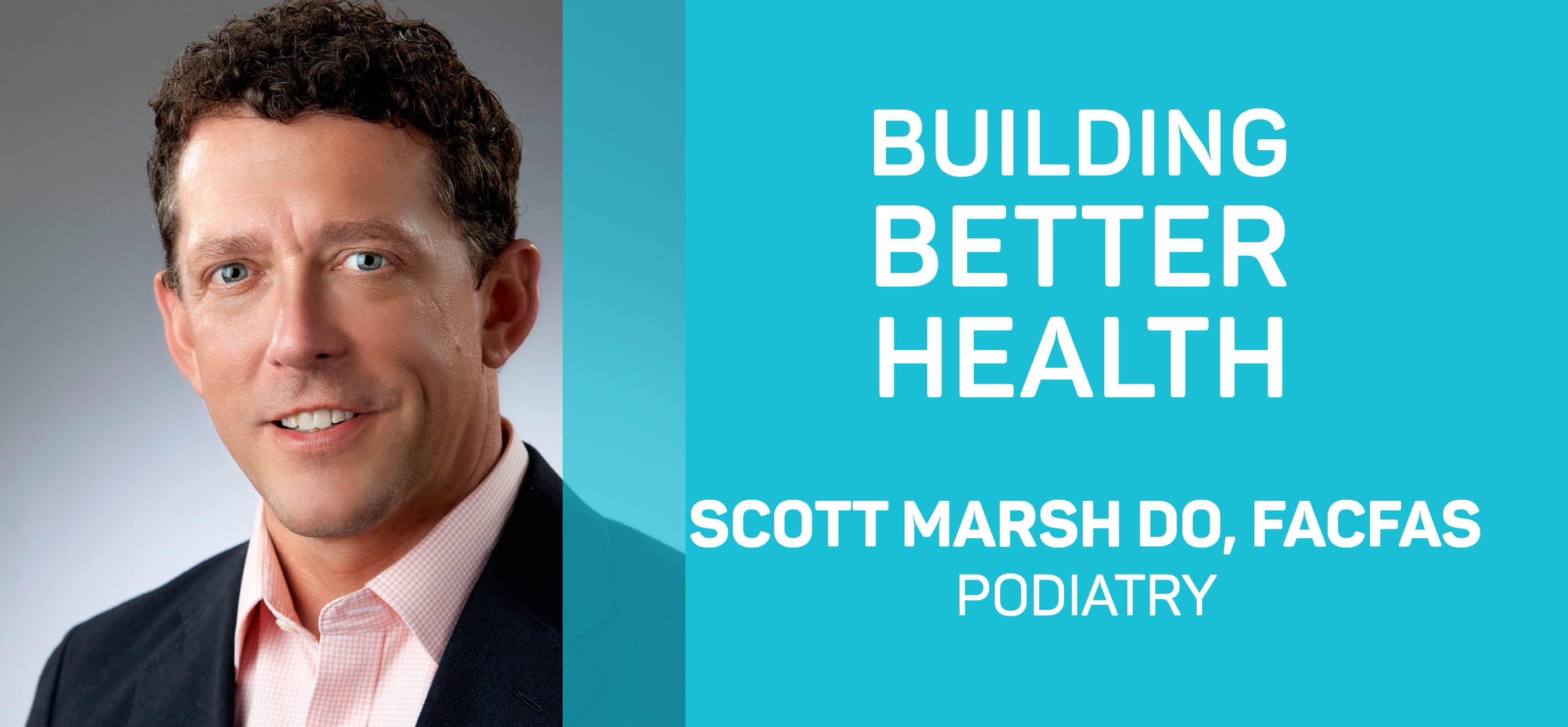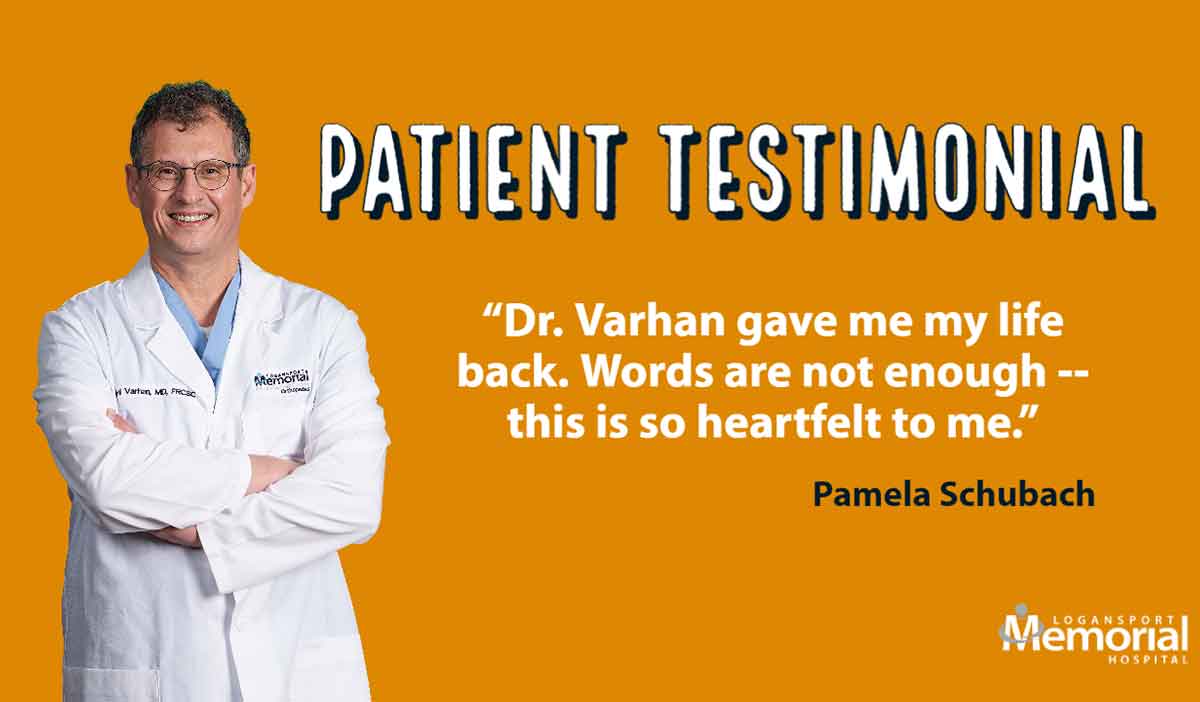Tendons connect muscle to bone and often connect near a joint. The Achilles tendon connects the calf muscle to the heel bone. When the tendon becomes strained or torn, it can cause pain, swelling, and make it difficult to move the joint normally. It is not unusual for athletes or runners to have tight Achilles tendons. How do you know when the issue is something that warrants a call to the doctor?
Rest and wait if...
- You have mild pain or swelling in the back of the heel
- The Achilles tendon area is tender
- The Achilles tendon area is stiff but it goes away as the tendon warms up from use
If the issues are mild, you should first avoid all activities that strain the tendon, such as running or sports that involve sharp turns and stops such as basketball. Try other activities like swimming or biking while you rest. You can also reduce pain with ice and over-the-counter pain relievers. When the pain lessens, do gentle stretching and strengthening, focusing on the calf area.
Call the doctor if...
- You have a lot of pain the back of your heel and/or ankle
- You felt a sharp pain or pop in the Achilles tendon when the injury first occurred
- You aren't able to walk comfortably
- You have swelling or other signs of damage such as numbness, tingling, or pale/bluish skin
These more severe symptoms may indicate one of the following common Achilles tendon issues:
Tendonitis - Inflammation of the tendon.
Tendinosis - Tiny tears in the tendon with no major inflammation.
Rupture - The tendon is severely - or even completely - torn.
If your doctor suspects one of these issues, he or she will likely use imaging such as x-ray, ultrasound, or MRI to get a better look at the tendon. There are a wide range of treatment options from rest and physical therapy to a walking boot and physical therapy or even surgical repair. The important thing to remember with an Achilles injury is that it can take months to heal. Persistence and patience are required when dealing with an Achilles injury.
To decrease your chances of getting Achilles tendonitis
- Wear appropriate footwear for your sport.
- Replace footwear that shows signs of wear.
- Gradually add hill work, stairs, speed, and distance to your routine.
- Stretch and strengthen the calf muscles regularly.
- Do warm-up exercises before an activity and cool down exercises after an activity.
- Maintain a healthy weight.
- Rest if you feel pain during an activity.
- Change your routine. Switch between high-impact activities and low-impact activities.
Need an Achilles specialist? Turn to our foot and ankle specialist, Dr. Scott Marsh.





